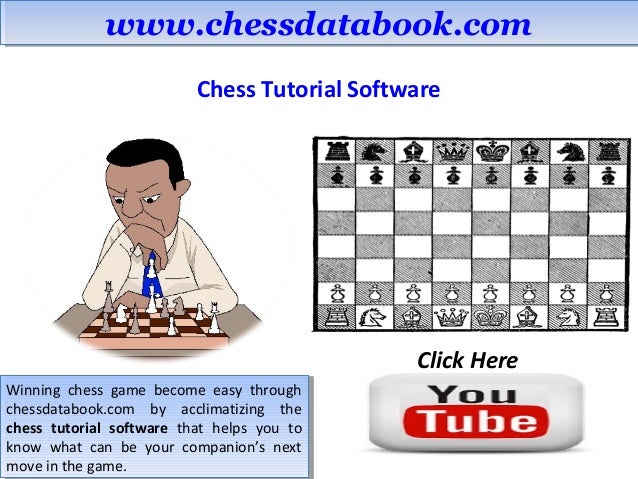- Chess Opening Theory Table
- Chess Opening Theory Table
- Chess Opening Theory Book
- Chess Opening Theory Practice
This simple scheme of development leads to a complex of systems that form one of the oldest chess openings, the Italian Game. Perhaps because it is straightforward and logical - both sides quickly develop their pieces to good squares - it has always been popular with beginners and novices. Although traditionally considered inferior to the Ruy Lopez as a way for White to press for an advantage after 1.e4 e5, it still contains the potential for rich middlegames full of strategic and tactical subtleties, and has still had its grandmaster adherents. It may be due for a revival at the highest level, as top grandmasters looking to avoid the Berlin defence in the Ruy Lopez may turn to the Giuoco Pianissimo to outplay their opponents in the slow manoeuvring games that can develop, and the opening has recently featured in the 2016 World Championship match between Magnus Carlsen and Sergei Karjakin.
The English is a chess Opening that happens after the move 1.c4 and can lead to both classical and modern positions. How To Reach The English Opening The English happens after White moves his c-pawn two squares: 1.c4 See what it looks like below. The London System is an opening where White aims to achieve a solid set up by placing his pieces in the same squares, regardless of what moves black plays. It is called a “System” for this reason - opening theory is not very important, and neither are move orders, and that is why it is the preferred weapon of many chess players. In this chess basics video, we talk about the fundamentals of the opening chess principles and how you should use them in your chess game.
After the initial moves, the Italian game can develop into three main branches:
The Giuoco Piano
Here are some example games played by grandmasters, which illustrate how the game can proceed.
Socko vs Brunello, Italian Championship, Civitanova Marche 2015

Chess Openings The first few moves in the chess opening lays the foundation for every chess game. Most of the chess openings have been named and analyzed for hundreds of years. It is important if you want to be successful in chess to be familiar with some of the most popular openings and understand the theory behind the moves.
Warakomski vs Bartel, Polish Championship, Karpacz 2008
The Evans Gambit
Here are some example games that show how sharp and tactical games in the Evans Gambit can be
Morozevich vs Adams, Wijk aan Zee 2001
Chess Opening Theory Table

Anderssen vs Dufresne, 'The Evergreen Game', Berlin 1852

The Two Knights Defence
Chess Opening Theory Table
Here are some grandmaster games that show how play in the Two Knights Defence can unfold.